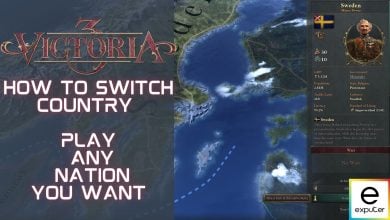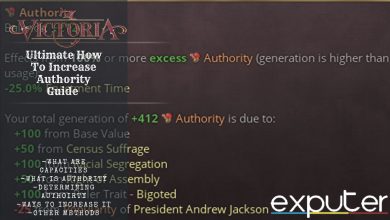When running a country, players also need to know about trading. To establish trading in Victoria 3, you need to establish trade routes. If your trade route is effective, it provides you profit, and if you are running ineffective trade routes, you will just be at a loss because each trade route costs bureaucracy. Our Victoria 3 trade routes guide entails how to establish them for effective money and goods flow.
- Trading enables the players to earn money by selling their goods.
- Trading also helps players to fulfill goods needs for their country.
- Trading knowledge is important for better in-game progress.
Requirements
There are certain requirements that players need to fulfill to establish trade routes and certain factors that affect the effectiveness of a trade route. Here are some of the things that are required to establish an effective Victoria 3 trade route.
Policy
First of all, your country needs to have an internationalist trading policy. The internationalist trading policy ensures that your country is open to all trading agreements with other countries. If your country has an isolationist policy, then first, you need to change the laws to be open for trading. After changing the laws, you will be able to establish trade with other countries.

Control of Market
For you to be able to establish trading, you need to have control over your own market. You should be able to control the prices and the production of the goods in your markets. If your country is a puppet state or your market is controlled by foreign countries, then your trading will not be as effective as it can be.
Bureaucracy
Each trade that you make in the game costs you bureaucracy. If you have a negative bureaucracy, you will lose a lot of money on taxation. So, you need a good knowledge of how to manage your bureaucracy to establish low-tax and effective trade routes. You can establish an effective bureaucracy by establishing a government administration buildings.
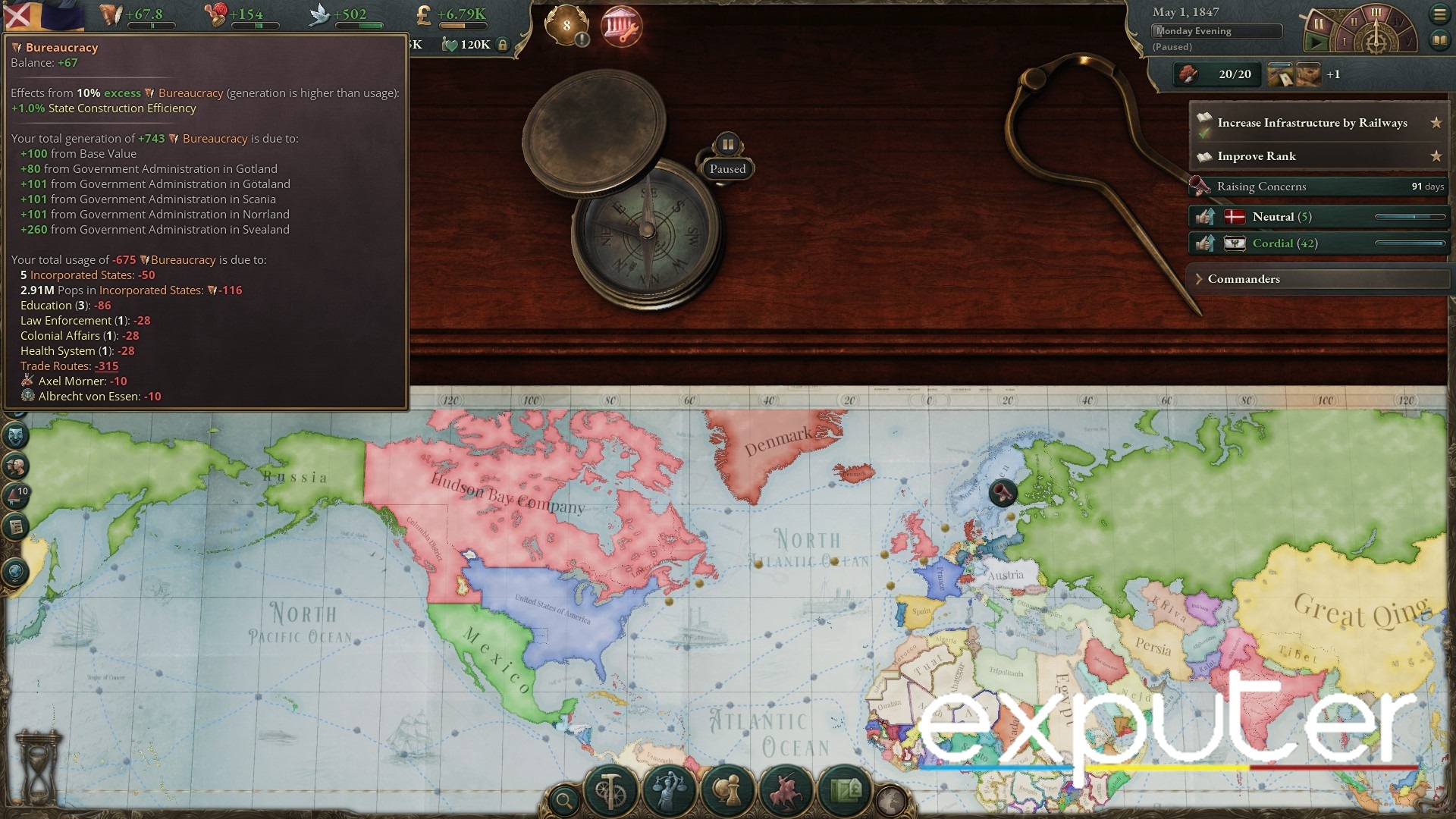
Establishing Trade Routes
In order to establish Victoria 3 trade routes, you need to keep in mind the following important points:
Analyze Your Market
- Begin by analyzing your nation’s market to determine goods for import and export.
- Identify excess production for potential export and high-demand goods for import.
- Utilize the market menu on the trade screen for detailed supply and demand information.
- Consider starting a multinational market for enhanced trade effectiveness.
- For instance, playing as the United Kingdom provides an advantage with a large marketplace
Land Routes
Players can trade goods with their neighboring countries through the borders of their country. These routes are typically on land and cost lesser because of the lesser distance and effort required. Also, if you have good relations with your neighboring country, you can use their land to access other countries to make trade possible.
Water Ways Or Convoys
If your country is not one of those surrounded by land only, then you can also trade through the water. For trading through water, you would need to build a convoy. This means you can trade through the ports in your country. Convoy trade costs a lot more depending on the number of sea nodes, the number of goods, and other goods-related modifiers. This trade is only possible if both countries have ports. If either country lacks a port, this trade would not be possible.
Taxes
- Effective trade routes require careful consideration of taxes or tariffs.
- Taxes impact imports, exports, and the competitiveness of a trade route.
- Setting taxes too high or too low can make a trade route ineffective.
- Variations in prices due to taxes affect the supply and demand in the market.
- Understanding how taxes work is crucial to avoid losses in your trade route.
- Monitor and adjust taxes in the budget tab for optimal trade performance.
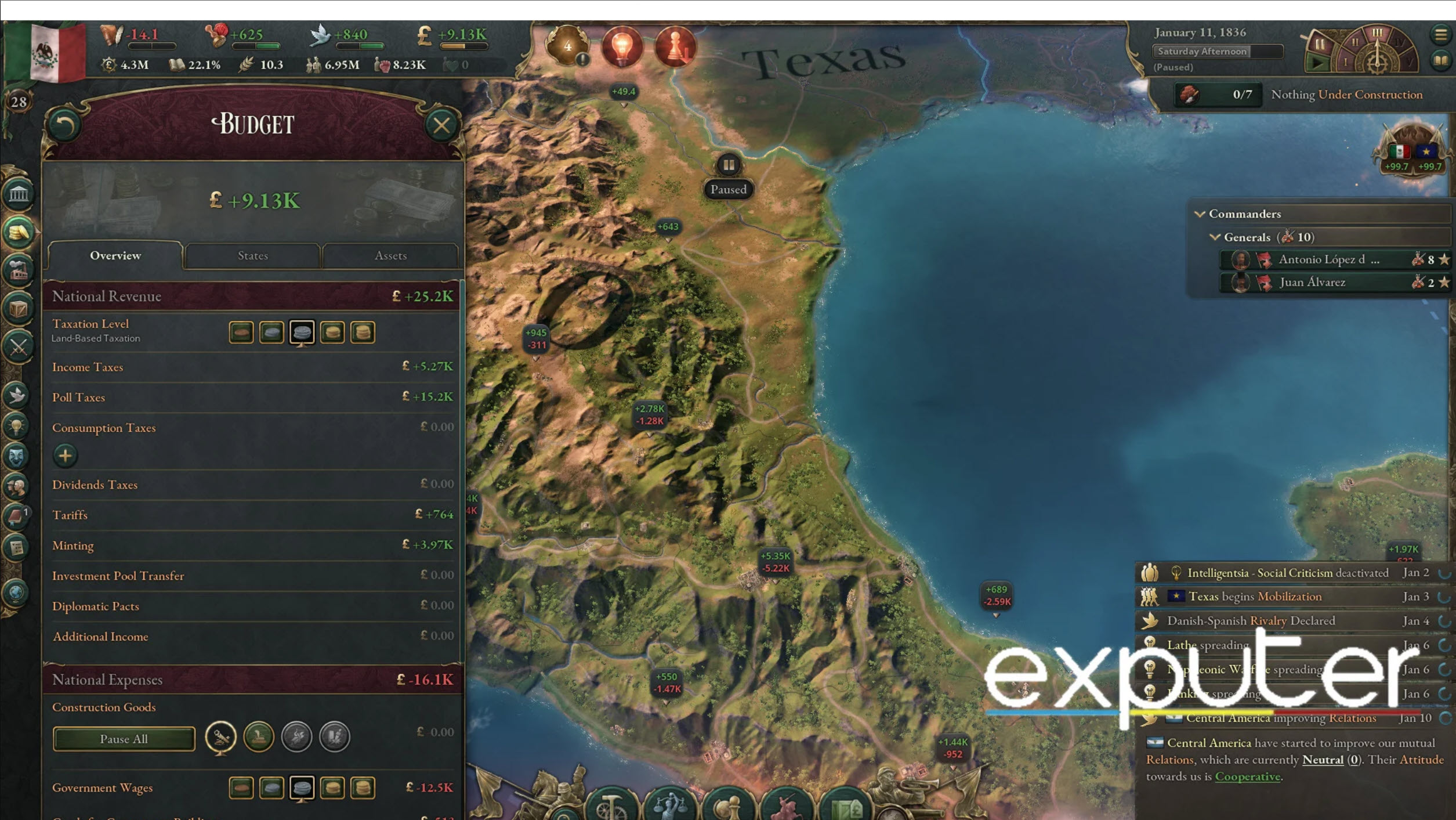
Monitor Your Trade Routes
Once you have established trade routes, that is not all that you have to do. As we have discussed earlier, all trade routes cost players bureaucracy. If you are running some ineffective trade routes, you will be at a great loss because such routes provide little or no trading benefits. Rather, they are causing you to lose a lot in the form of strengthening your bureaucracy.
Also, each trade route starts at level 1, which limits the number of goods that you can trade. If you monitor your trade routes and apply policies accordingly to make them profitable, you can make your trade more effective. You can get information regarding trade routes through the colored trade lens at the bottom of the screen.
How To End A Trade Route?
If you find out that a certain trade route is not performing well and you want to end it, you can click on that specific route and click on the cross. By clicking on the route, you will have access to all the information about that specific route, including the loss that it costs you.
If the trade you have clicked on does not belong to you, you naturally can’t cancel it. Also, the only method to end a trade route in the game as of now is the one we have stated above.
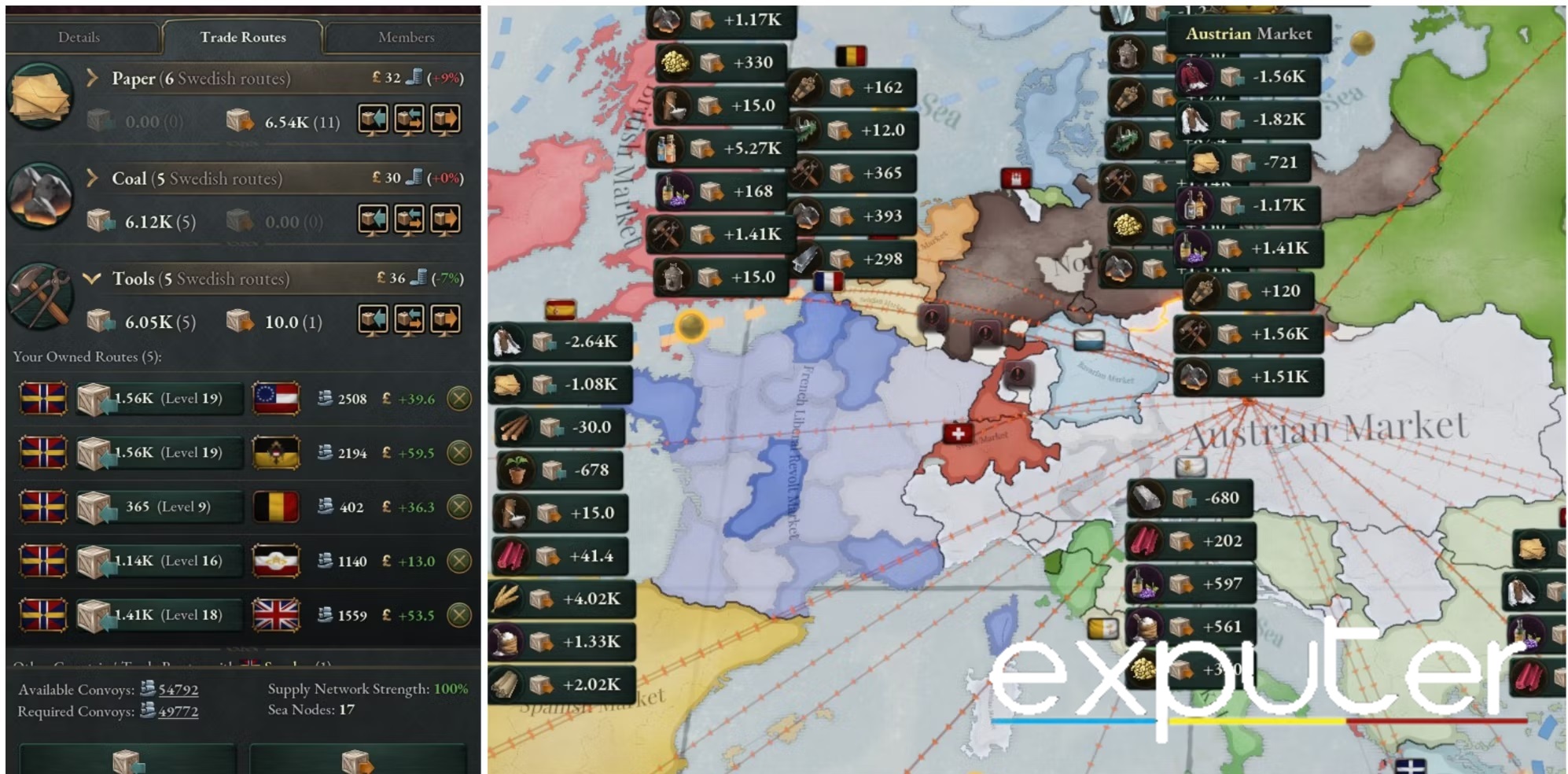
Victoria 3 is a strategy-based game where players need to carefully make strategies regarding politics, the army, and economics. Just as in the real world, players need good knowledge regarding trading for the betterment of the economy. To establish trading, players need to establish trading routes that carry the goods for imports and exports.
Up Next:
- Victoria 3 explosives
- Victoria 3 Beginner’s Guide
- Make Money Faster in Victoria 3
- How to switch countries in Victoria 3
Thanks! Do share your feedback with us. ⚡
How can we make this post better? Your help would be appreciated. ✍

